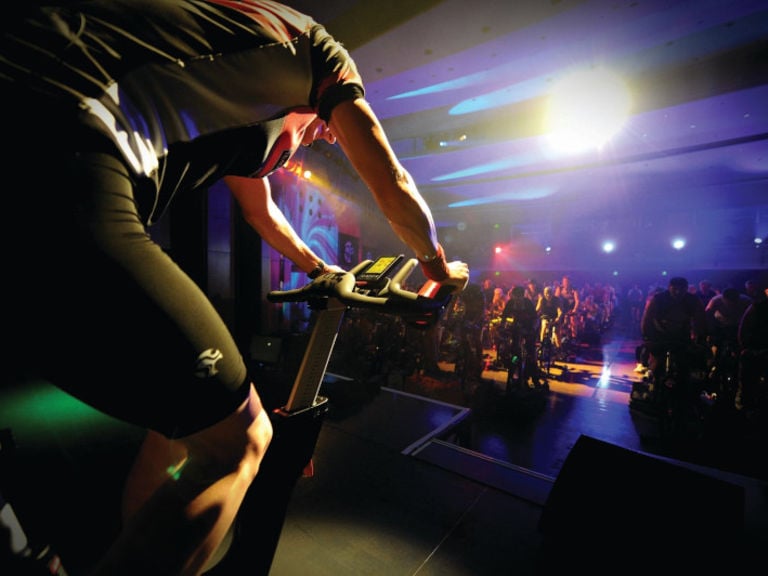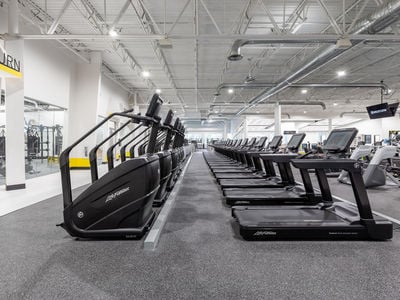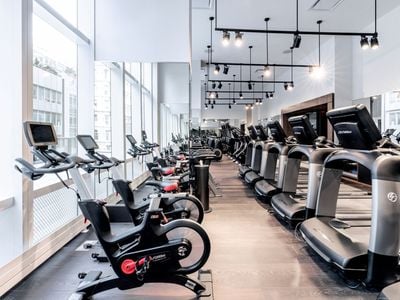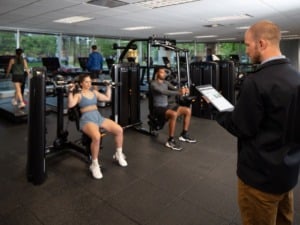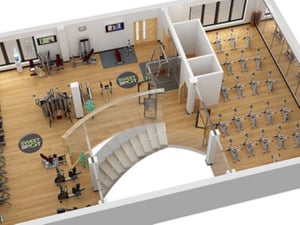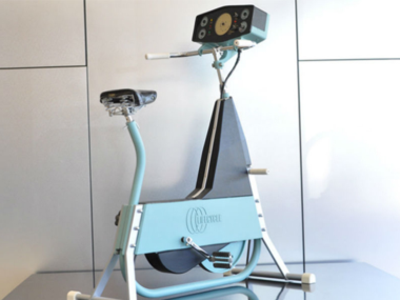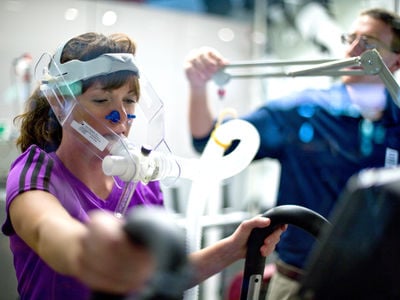More exercise is needed to ward off disease.
New research has found that young people should be exercising more than recommended guidelines.
Current fitness guidelines recommend that adults perform two and half hours of moderate intensity exercise per week. However, a new study out of the US shows that that is not enough to protect against high blood pressure or hypertension later in life.
High blood pressure is a risk factor for stroke, diabetes, kidney disease and cardiovascular disease. In Australia, more than one in four deaths are due to cardiovascular disease.
The study used participants from the Coronary Artery Risk Development in Young Adults (CARDIA).
The study
Researchers followed 5000 adults over the course of 30 years. They were divided into four groups: Black men, Black women, White men and White women.
The participants were periodically asked about their exercise habits, medical history and whether they smoked or took drugs. In addition, their blood pressure, weight and cholesterol levels were measured.
The results
The results showed that physical activity for all groups declined over time.
Black men were the most active in early adulthood but by age 60 were just at the minimum exercise requirement recommended by the U.S. Department of Health and Human Services. White men saw exercise declines in their 20s and 30s, stabilising around age 40. Similarly, white women saw declines up to their 30s and remaining constant to age 60.
Black women had the least exercise throughout the study period and saw the biggest declines.
“Nearly half of our participants in young adulthood had suboptimal levels of physical activity, which was significantly associated with the onset of hypertension, indicating that we need to raise the minimum standard for physical activity,” author Dr. Jason Nagata said. “This might be especially the case after high school when opportunities for physical activity diminish as young adults transition to college, the workforce and parenthood, and leisure time is eroded.”
However, even when exercise across the groups was around the recommended minimum physical activity guidelines, the study found this was not enough to ward off hypertension.
In fact, the rates of hypertension tended to mirror the decline in physical activity. This led the researchers to recommend higher exercise levels than previously recommended.
The good news? A percentage of the participants (17.9) undertook moderate exercise for at least five hours a week during their early adulthood — double the recommended minimum. The researchers found that this level of physical activity decreased the likelihood of developing hypertension by 18 per cent. And for those who maintained that level of exercise until age 60, the likelihood dropped even further.
“Results from randomized controlled trials and observational studies have shown that exercise lowers blood pressure, suggesting that it may be important to focus on exercise as a way to lower blood pressure in all adults as they approach middle age,” said senior author Dr. Kirsten Bibbins-Domingo.
“Teenagers and those in their early twenties may be physically active but these patterns change with age. Our study suggests that maintaining physical activity during young adulthood – at higher levels than previously recommended – may be particularly important.”
The results of the study have been published in American Journal of Preventive Medicine.
Reference
Nagata, J.M. et al. (2021.) Physical Activity and Hypertension From Young Adulthood to Middle Age. American Journal of Preventive Medicine. Published April 15, 2021.
DOI: https://doi.org/10.1016/j.amepre.2020.12.018






